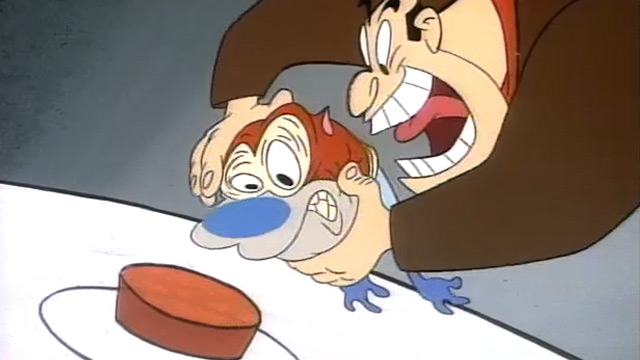Changing a person’s favorite things with the press of a button
Ars Technica » Scientific Method 2014-03-19
It's nice to think that we behave rationally, making calculated decisions about what to do, buy, and eat. Study after study shows that this isn't the case, however. We're not Spock-like creatures in an economist's dreamworld. You probably know from your own trips to the grocery store that picking out a snack involves much more than a calculated selection of something caloric and palatable.
If all that mattered was the item being purchased, then advertising and careful store arrangement—like cheap colorful sweets next to the cash register, available for impulse purchase—would all be in vain. It’s not just that we can have our emotions tugged at—“oh look, a cheap colorful candy bar, and I deserve a treat”—we don't even realize it’s happening. As philosopher William James said in 1899, “ninety-nine hundredths or, possibly, nine hundred and ninety-nine thousandths of our activity is purely automatic and habitual.”
A team of researchers from the University of Texas wondered if a person's preferences could change based on a simple external reinforcement, one that had absolutely nothing to do with the actual value of the item. They reported last week in Nature Neuroscience that they can alter a test subject's preferences for a snack with a simple training involving an irrelevant cue: a tone similar to Pavlov’s and a button that did nothing.
Read 10 remaining paragraphs | Comments
